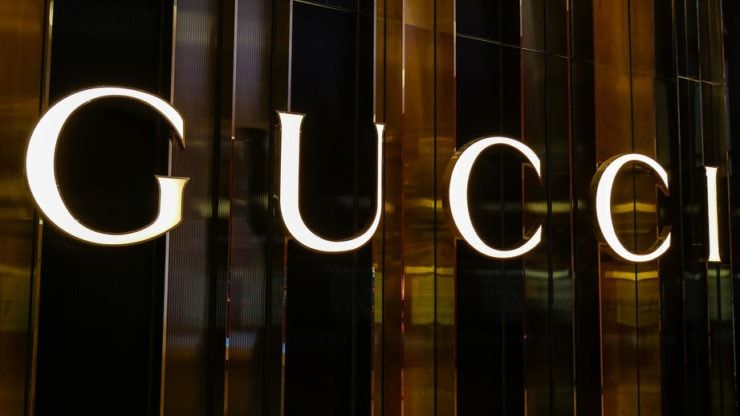The USD/JPY exchange rate drifted upwards on Thursday morning as the US dollar index (DXY) rally gains steam after the Federal Reserve minutes. The pair rose to a high of 149.15, its highest point since August 1. It has risen by over 6.75% from its lowest point in September.
Japan’s sticky inflation
The USD to JPY pair rose after Japan’s statistics agency published a fairly strong inflation report.
The Producer Price Index rose from -0.2% in August to 0.0% in September, higher than the median estimate of minus 0.3%. It rose from 2.6% to 2.8% on an annualized basis, beating the median estimate of 2.3%.
The other recent report showed that Japan’s Consumer Price Index (CPI) rose from 2.8% in August to 3.0% in September. It has risen from the year-to-date low of 2.0% and is at the highest point since November last year.
These numbers mean that Japan’s inflation has become stubbornly high, pointing to a potential hawkish BoJ when it meets on October 31st.
The BoJ caught investors off-guard earlier this year when it raised interest rates by 0.10% and exited negative rates. It then hiked by 0.25% in its July meeting, leading to a major bloodbath in the forex and stock market as investors unwound the Japanese yen carry trade.
The BoJ then left rates unchanged in the last meeting as the governor warned that more hikes should not be ruled out if inflation remained stubbornly high.
Inflation pressures could continue now that the new government led by Ishiba Shigeru has directed his cabinet to compile a stimulus package.
This package will likely come after the October 27 election. Some of the potential parts of the package will be boosting the minimum wage, subsidies to local governments, and payouts to low-income households. These are highly inflationary events that could push the BoJ to deliver more cuts.
Federal Reserve minutes
The USD/JPY exchange rate also rebounded after the Federal Reserve published minutes of the last meeting.
These minutes showed that officials were divided on whether to cut interest rates by 0.50% or 0.25%. A good number of officials favored the 0.25% cut.
Therefore, while more Fed officials preferred a 0.50% increase, they all agreed that the pace of cuts should normalize if inflation retreats and the labor market improves.
Last week’s US jobs numbers showed that the US was achieving these conditions. The labor market added over 254k jobs in September, while the agency revised the August jobs numbers upwards. After peaking at 4.3% in July, the unemployment rate retreated to 4.1% while wage growth was stronger than expected.
Analysts believe that Thursday’s inflation data will show that the trend was moving in the right direction.
The headline Consumer Price Index (CPI) is expected to drop from 0.2% in August to 0.1% in September. It will then drop from 2.5% to 2.3% on an annualised basis, meaning that it is moving to the Fed’s target of 2.0%.
Core inflation, which excludes the volatile food and energy prices, is expected to move from 0.3% to 0.2% and remain at 3.2% on a year-on-year basis.
The US will also release the producer price index (PPI) report on Friday. Economists expect the data to show that the headline PPI retreated from 0.2% in August to 0.1% in September, while the core figure fell to 0.2%.
If these estimates are correct, and if the October jobs numbers are correct, it means that the Fed will opt for a 0.25% interest rate in the next meeting.
A key factor that could affect US inflation is the elevated oil prices because of the rising geopolitical issues in the Middle East.
Israel is considering launching a major attack against Israel in response to the recent missile attack. As a result, Brent crude oil has jumped to $77.2, while West Texas Intermediate (WTI) has jumped to $74.
USD/JPY technical analysis
USD/JPY chart by TradingView
The daily chart shows that the USD to JPY exchange rate bottomed at 139.56 on September 16, and rebounded to 149.17, its highest point on August 16.
It has moved above the 50-day Exponential Moving Average (EMA), meaning that bulls are now in control.
The pair is attempting to move above the key resistance point at 149.35, its highest point on August 16, and the 200-day Exponential Moving Average (EMA).
Also, the MACD indicator has moved above the neutral point, while other oscillators have risen. Therefore, the USD/JPY pair will likely continue rising as bulls target the next key resistance point at 151.91, its highest point in November last year. A drop below the 50-day moving average point at 146.68 will invalidate the bullish view.
The post USD/JPY forecast: signal as BoJ interest rate hike odds rise appeared first on Invezz










